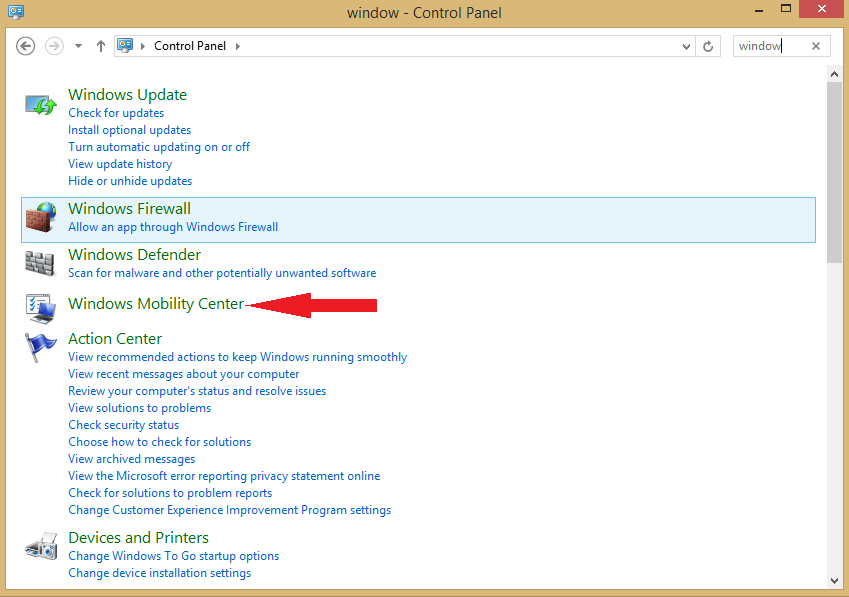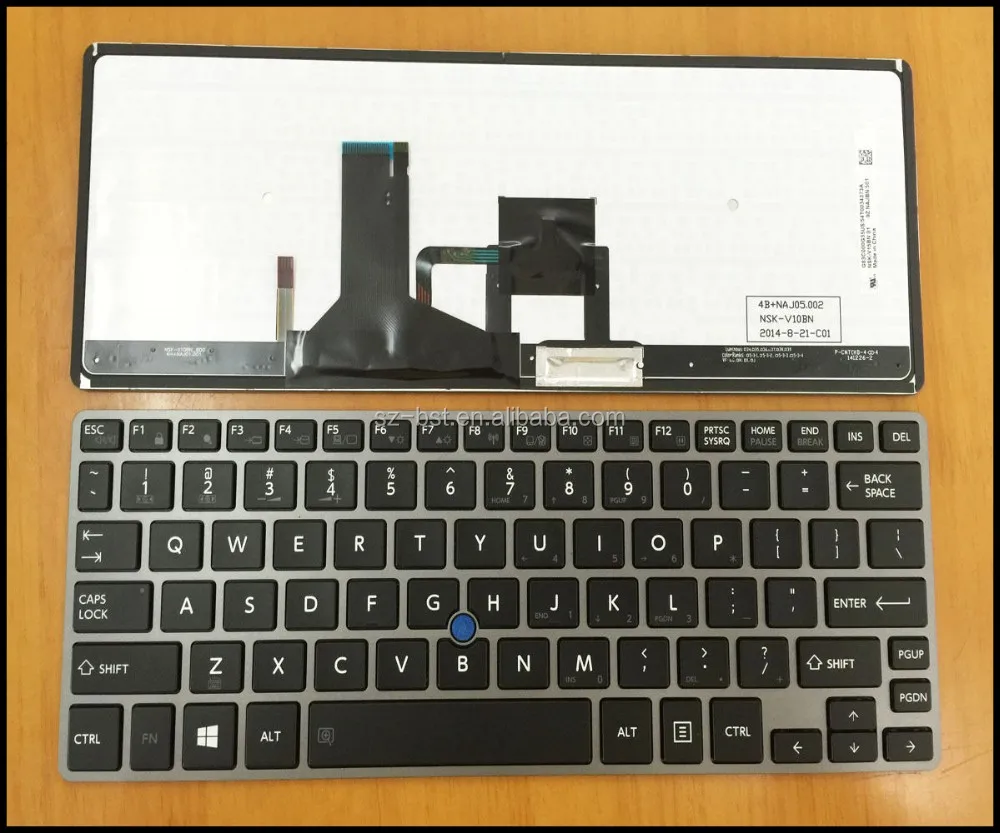The backlight that illuminates the keys on the computer's keyboard is off by default. To turn it on, press and hold the Fn key, and then tap the Z key. Press this same Fn + Z hotkey combination to turn it off again. Now that your R30 (Backlit) keyboard has been removed, get ready to install your new R30 (Backlit) laptop keyboard. Look at the back of the keyboard. If you see any screw holes, you will have a good idea of where to place the screws back in at the bottom of your Toshiba Portege R30 (Backlit) laptop. Connect your R30 (Backlit) keyboard to the.

High-performance ultrabook laptop of Toshiba think for professionals and business. Portégé Z30-A is a long-lasting battery, full-size ports and Intel® Core™ processor laptop of 13.3' and 1.2Kg.
Specifications
| Name | Series Toshiba Portege Z30-A |
| Processor | Haswell microarchitecture (4th generation) |
| Screen | 13.3' 1366x768 Widescreen |
| RAM | 4-8-16GB |
| HDD | Toshiba SDD (128 [THNSNJ128GMCU], 256, 512 GB) |
| Optical Drive | none |
| Graphics | Haswell-ULT Integrated Graphics Controller (Intel® HD Graphics 4400) |
| Network | Ethernet - Intel I218-V, Wifi - Intel Wireless 3160 |
| Touchpad | ALPS (Trackstick+Mousepad) |
| Fingerprint reader | USB Validity Sensors |
| Smart Card Reader | O2 Micro, Inc. OZ776 |
Installation and configuration
CPU & Graphics
Works perfectly out of the box with the typical installation. More information: Intel & Microcode

Touchpad
Works fully with 3.17+ kernel.
Bluetooth
toshiba_bluetooth kernel module is auto-loaded but is not necessary and, in fact, it is counter-productive, since as soon as you disable bluetooth (e.g. with rfkill), it seems to attempt to re-load the Intel bluetooth firmware every few seconds. Just blacklist the module. Create /etc/modprobe.d/toshiba-blacklist.conf with:
Wifi
linux-firmware is needed for the correct working of wifi.
Smart Card Reader
Toshiba Portege Keyboard Backlight Not Working Windows 7
Works perfectly with ccid & opensc .
Display Backlight Control
Control with the Fn buttons works correctly in 3.17 and 3.18 kernel. However, in 3.19 kernel, a minimum configuration is needed because toshiba_acpi kernel module add some non-necessary backlight control. For controlling with Fn, create /etc/X11/xorg.conf.d/80-backlight.conf with
Keyboard Backlight control

The backlight works correctly if it is configured on BIOS. toshiba_acpi kernel module add support for configuring the backlit of the keyboard. However, Fn-Z does not work. The modules can be changed in /sys/devices/LNXSYSTM:00/LNXSYBUS:00/TOS6208:00/kbd_backlight_mode with the modes: 2,8,16.
Fingerprint reader
The last version of fprintd has support for it. However, the image usually is wrong (lengthened) and needs two, three or more tries to obtain verifications.
Toshiba Portege Keyboard Backlight Not Working Windows 10
Problem
The F1-F12 keys perform a different function than intended. You may need to hold the FN Key as well to get the intended function.
Cause
This can be normal behaviour. On some Toshiba laptops, the Function Keys Mode “Special function mode” is set by default instead of “Standard F1-F12 mode”. This means, you have to press the FN key to use the standard F1-F12 function keys.
Solution 1
You can configure the Function Keys Mode by selecting the “Special function mode” or “Standard F1-F12 mode” by the help of the HWSetup Utility.
Accessing HWSetup:
To run the HW Setup program:
Windows 7 or earlier: Click Start -> All Programs -> TOSHIBA -> Tools & Utilities -> HWSETUP
Windows 8: Push the Start button, type HWSETUP and press Enter.
The HW Setup windows contains a number of tabs. Click the tab “Keyboard” and set your preferred mode:
http://www.toshiba.eu/innovation/download_drivers_bios.jsp
Solution 2
Toshiba Satellite Keyboard Not Working
1. With the computer powered off, press the power button.
Toshiba Satellite Keyboard Light Not Working
2. As soon as you let go of the power button, start tapping(not holding) the “F2” key until you see this screen or similar:
Toshiba Laptop Keyboard Stopped Working
3. Use the right arrow key to navigate to “Advanced”, then use the down arrow key to highlight “System Configuration” and press Enter.
4. Now use the down arrow key to highlight “Function Keys mode(without pressing Fn first)” and press Enter.
Toshiba Keyboard Troubleshooting
5. Use the up/down arrow keys to highlight the setting you wish to be default and press Enter.
6. Now press “F10” and then Enter. This will save the settings and boot into Windows.
You should now find that the function keys have switched back to the more common method of using function keys.